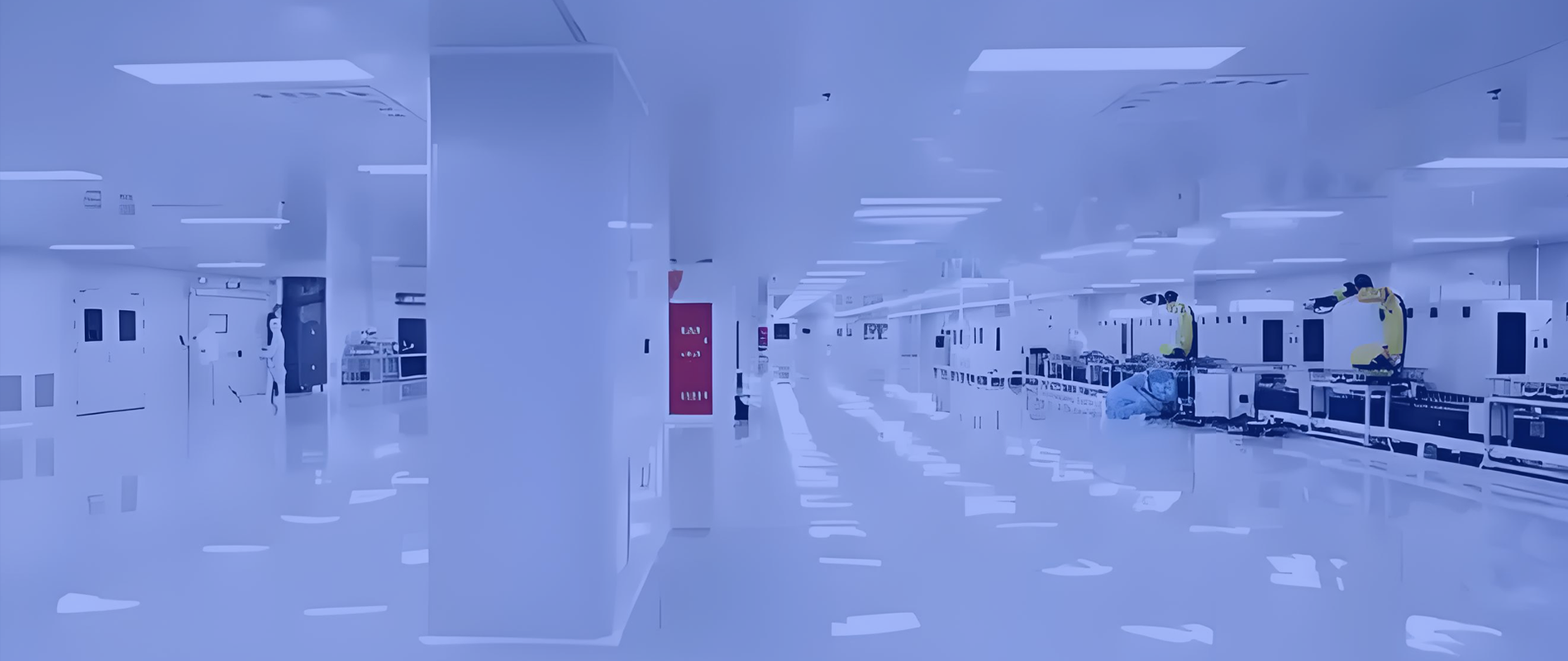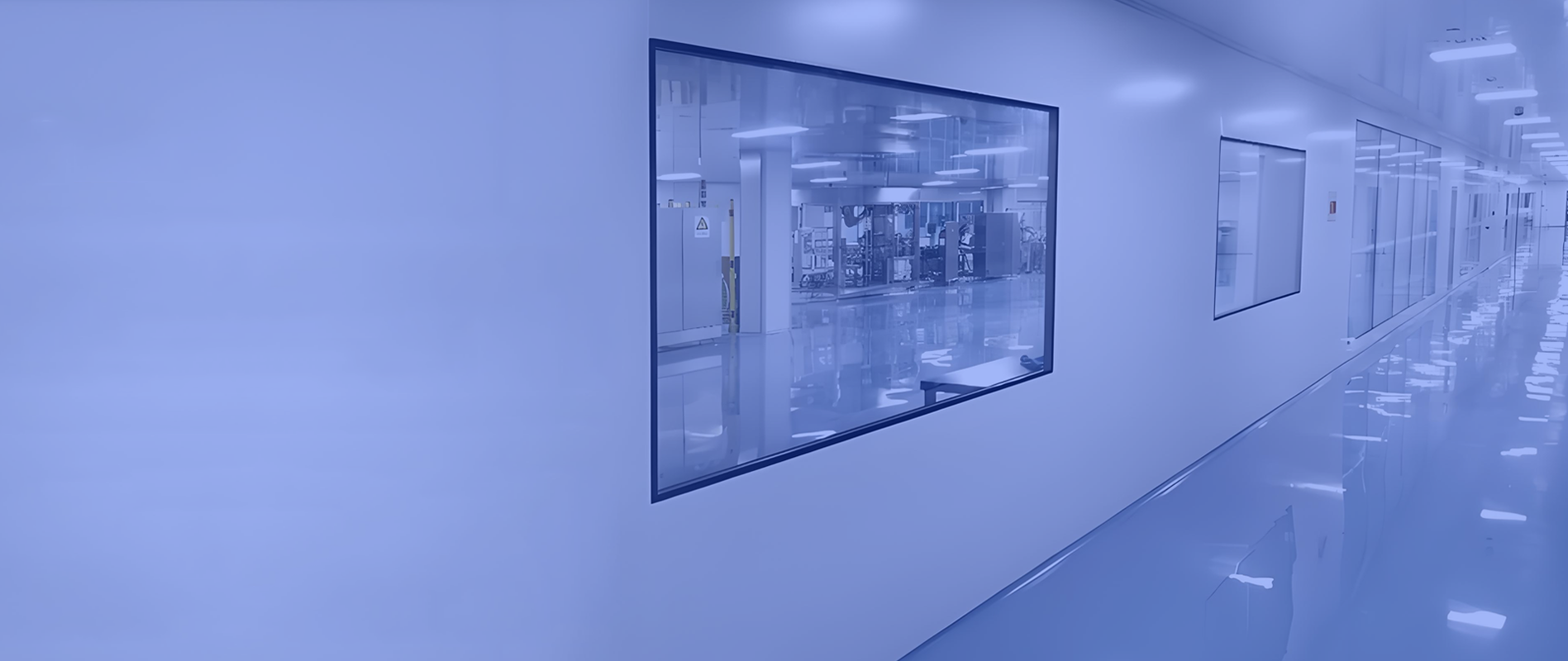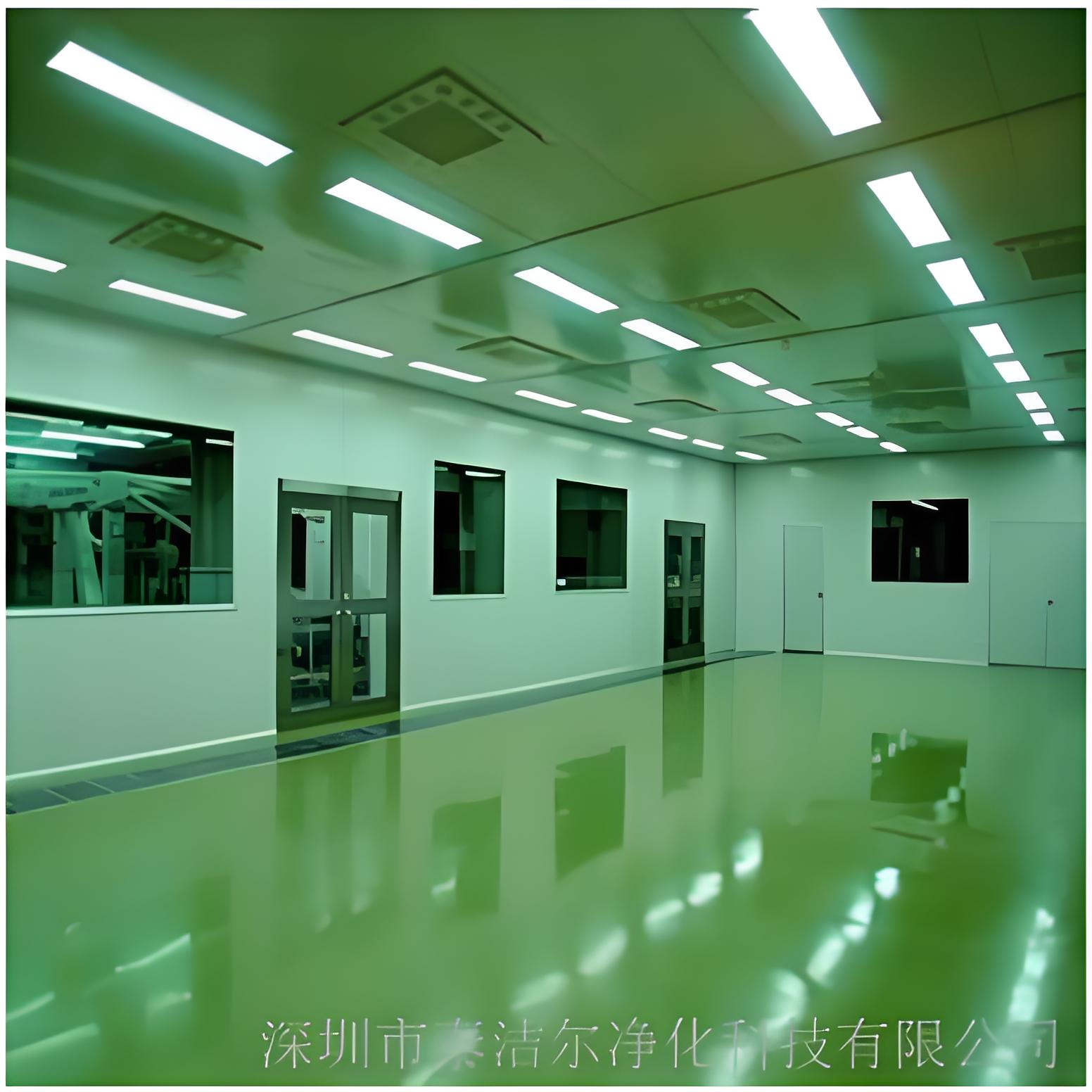




In the world of high-purity manufacturing, such as semiconductor fabrication, pharmaceutical production, and biotechnology, two utilities are paramount: ultra-pure water (UPW) and highly pure process gases. Compressed gas process pure water engineering represents the critical intersection of these two domains, forming the backbone of contamination-sensitive industrial processes. This specialized field involves the design, integration, and installation of sophisticated systems that deliver both gases and water at the exacting purity levels required for modern precision manufacturing. This comprehensive guide delves into the components, integration strategies, and common challenges of these vital systems, with a particular focus on the benefits of a turnkey installation approach.

Compressed gas process pure water engineering is a multidisciplinary engineering discipline focused on the simultaneous provision of ultra-pure water and high-purity process gases within an industrial facility. It is not merely about installing separate water and gas lines; it is about designing a holistic, integrated utility plant where these systems coexist, interact, and are managed as a single, highly reliable entity. The core objective is to ensure that both utilities meet stringent purity specifications without cross-contamination, pressure fluctuations, or reliability issues that could jeopardize multi-million-dollar production lines. This approach is essential in industries where even a single particle or part-per-billion contaminant can cause catastrophic product failure.
Process Gas Systems are engineered to deliver specific gases—such as Nitrogen (N2), Oxygen (O2), Argon (Ar), Hydrogen (H2), Helium (He), and specialty gas mixtures—at precise pressures, flow rates, and, most importantly, extreme levels of purity.
Key Components of Process Gas Systems:
Gas Source: This can be bulk gas supply from high-pressure tube trailers or banks of cylinders, on-site gas generation (e.g., nitrogen generators or hydrogen electrolyzers), or liquid storage tanks (e.g., LN2 tanks).
Purification Equipment: Even high-grade supplied gases often require further purification at the point-of-use. This involves using technologies like gas purifiers, catalysts, and adsorbents to remove contaminants such as moisture (H2O), oxygen (O2), hydrocarbons (THC), and particulates down to sub-ppb (parts per billion) levels.
Compression and Regulation: As the term compressed gas implies, gases are stored and distributed at high pressures. Booster compressors may be used, and pressure regulation panels are critical for stepping down the pressure to the levels required by specific tools and processes.
Distribution Network: This consists of a meticulously designed network of piping, typically made from electropolished stainless steel (SS 316L) with automatic orbital welding (ASME BPE standards) to minimize particulates and internal surface roughness. Valves, filters (often 0.003 µm), and pressure sensors are placed throughout the system.
Monitoring and Control: Continuous analytical monitoring is non-negotiable. Sensors constantly measure purity levels (dew point for moisture, ppm/ppb for O2), pressure, and flow, feeding data to a central control system that can trigger alarms or shutdowns if specifications are not met.
Ultrapure Water (UPW) Systems are designed to treat feed water (usually potable city water) to remove all ionic, organic, particulate, and microbial contaminants. The resulting water has a resistivity of 18.2 MΩ·cm and is virtually devoid of any measurable impurities.
Key Stages in UPW Production:
Pretreatment: This initial phase removes large suspended solids, organics, and chlorine through multimedia filtration, activated carbon beds, and softening. It protects the downstream, more sensitive purification stages.
Primary Purification: Typically achieved via Reverse Osmosis (RO). RO membranes remove over 99% of ionic and organic contaminants, as well as bacteria and endotoxins.
Polishing: The water from RO is already very pure but not enough for most applications. Further polishing involves:
Electrodeionization (EDI): A chemical-free process that uses ion-exchange membranes and electricity to remove ionized species.
Ion Exchange (IX): Mixed-bed IX polishers containing cation and anion exchange resins are used as a final step to achieve the ultimate resistivity of 18.2 MΩ·cm.
Ultrafiltration/UV Oxidation: Ultrafiltration membranes (0.1 µm or less) remove any residual particles and colloids. Ultraviolet (UV) lamps operating at 185nm and 254nm wavelengths are used to destroy trace organics (TOC reduction) and sterilize the water, preventing microbial regrowth.
Distribution: The purified UPW is circulated in a tightly controlled loop. This loop is designed to prevent stagnation (a breeding ground for bacteria) and maintain purity through constant recirculation, often with a return to the polishing units. The loop is constructed of PVDF or high-purity polypropylene to prevent leaching.

The true innovation of compressed gas process pure water engineering lies in the seamless integration of Process Gas Systems and Ultrapure Water (UPW) Systems. They are not isolated; they are interdependent.
Points of Integration and Interaction:
UPW System Pneumatics: Many valves and actuators within a UPW system are controlled by instrument air. Using high-purity nitrogen from the Process Gas System instead of standard compressed air eliminates a major source of oil and hydrocarbon contamination.
Tank Blanketing: UPW storage tanks are highly susceptible to atmospheric contamination, particularly CO2 absorption, which lowers resistivity. They are continuously purged and blanketed with high-purity nitrogen from the gas system, creating an inert gas blanket over the water surface.
Drying and Purging: After wet chemical cleans or maintenance, process tools and pipelines must be dried rapidly to prevent corrosion and microbial growth. This is accomplished using ultra-dry, clean nitrogen from the Process Gas System.
Chemical Dosing: Some advanced UPW processes might use gases like ozone (O3) for sanitization or carbon dioxide (CO2) for specific pH control, which are fed from the gas system into the water stream.
Shared Control Philosophy: An integrated Compressed Process Gas and Ultrapure Water Systems approach means a unified control system (SCADA). This allows for coordinated responses; for example, a drop in nitrogen purity could trigger an alert for the UPW system to isolate tank blanketing lines.
A turnkey installation is a project delivery method where a single contractor, the "turnkey provider," is responsible for the entire project from initial design and engineering through procurement, construction, installation, commissioning, and validation. The client simply "turns the key" to begin operation.
Why a Turnkey Approach is Essential for These Systems:
Single Point of Responsibility: With a turnkey installation, there is no ambiguity. The turnkey provider owns the entire project, eliminating the finger-pointing that can occur between separate design firms, equipment vendors, and installation contractors when problems arise.
Guaranteed Performance: The contract for a turnkey installation is based on performance specifications (e.g., "deliver 500 GPM of 18.2 MΩ·cm UPW" and "N2 at <1 ppb O2"). The provider is incentivized to ensure the integrated system meets these guarantees.
Cost and Schedule Certainty: Turnkey providers offer fixed-price contracts and firm project schedules. This protects the owner from cost overruns and delays, which are common when managing multiple disjointed contracts.
Seamless Integration Expertise: A specialist turnkey firm possesses the unique cross-disciplinary expertise in both Process Gas Systems and Ultrapure Water (UPW) Systems. They understand how to design the interface points correctly from the outset, avoiding costly integration problems later.
Simplified Validation and Compliance: For industries like pharmaceuticals, regulatory validation (e.g., FDA, EMA) is a complex, document-heavy process. A turnkey provider manages this entire lifecycle, delivering a fully validated system that is ready for regulatory audit.
Even with the best design and a turnkey approach, engineers face several persistent challenges in compressed gas process pure water engineering.
Microbial Contamination in UPW Loops: Despite best efforts, bacteria can find niches to grow in UPW distribution systems, especially in dead legs, low-flow areas, or on imperfect welds. Their biofilm and endotoxins are a major contaminant.
Purity Decay in Gas Lines: Maintaining gas purity over long distribution lines is difficult. The biggest threats are moisture and oxygen ingression through permeation, minor leaks, or off-gassing from inferior materials like polymers in valves or seals.
Material Compatibility: Selecting the wrong materials can be disastrous. For example, using standard stainless steel in a chlorine gas line would lead to rapid corrosion. Similarly, certain elastomers in seals can leach organics into both gas and water streams.
Pressure and Flow Fluctuations: A large tool suddenly switching its gas consumption can create a pressure wave or drop in the gas header, potentially affecting other connected tools. Similarly, a large demand for UPW can cause a temporary drop in loop pressure and purity.
System Complexity and Operator Error: These are highly complex systems. Without proper training, plant operators can make errors during manual operations, maintenance, or changeover procedures, inadvertently introducing contamination.
Validation and Documentation: Maintaining the vast amount of documentation required for traceability (e.g., material certificates, weld logs, validation protocols) is a significant administrative challenge that is critical for regulatory compliance.
Mitigation Strategies:
Design: Eliminate dead legs, use full penetration welds (orbital welding), and specify only high-purity compatible materials.
Monitoring: Implement a robust and continuous analytical monitoring system with real-time alarms.
Maintenance: Enforce strict preventative maintenance schedules for filters, purifiers, and UV lamps.
Training: Invest extensively in operator training on the critical nature of the systems and the procedures they must follow.
Compressed gas process pure water engineering is the sophisticated art and science of building the lifeblood utilities for advanced manufacturing. By understanding the intricacies of individual Process Gas Systems and Ultrapure Water (UPW) Systems, and most importantly, by mastering their integration into a cohesive Compressed Process Gas and Ultrapure Water Systems whole, industries can achieve the unparalleled purity and reliability they demand. Opting for a comprehensive Compressed gas process pure water engineering Turnkey Installation is the most effective strategy to mitigate risk, ensure performance, and guarantee that these critical systems operate flawlessly from the moment the key is turned.

